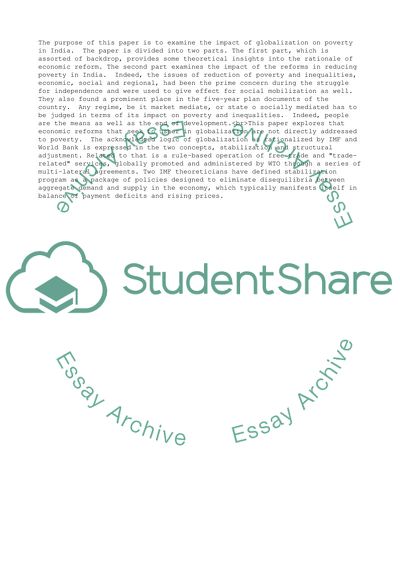Cite this document
(“Financial Management Essay Example | Topics and Well Written Essays - 1750 words - 1”, n.d.)
Financial Management Essay Example | Topics and Well Written Essays - 1750 words - 1. Retrieved from https://studentshare.org/management/1538465-financial-management
Financial Management Essay Example | Topics and Well Written Essays - 1750 words - 1. Retrieved from https://studentshare.org/management/1538465-financial-management
(Financial Management Essay Example | Topics and Well Written Essays - 1750 Words - 1)
Financial Management Essay Example | Topics and Well Written Essays - 1750 Words - 1. https://studentshare.org/management/1538465-financial-management.
Financial Management Essay Example | Topics and Well Written Essays - 1750 Words - 1. https://studentshare.org/management/1538465-financial-management.
“Financial Management Essay Example | Topics and Well Written Essays - 1750 Words - 1”, n.d. https://studentshare.org/management/1538465-financial-management.


